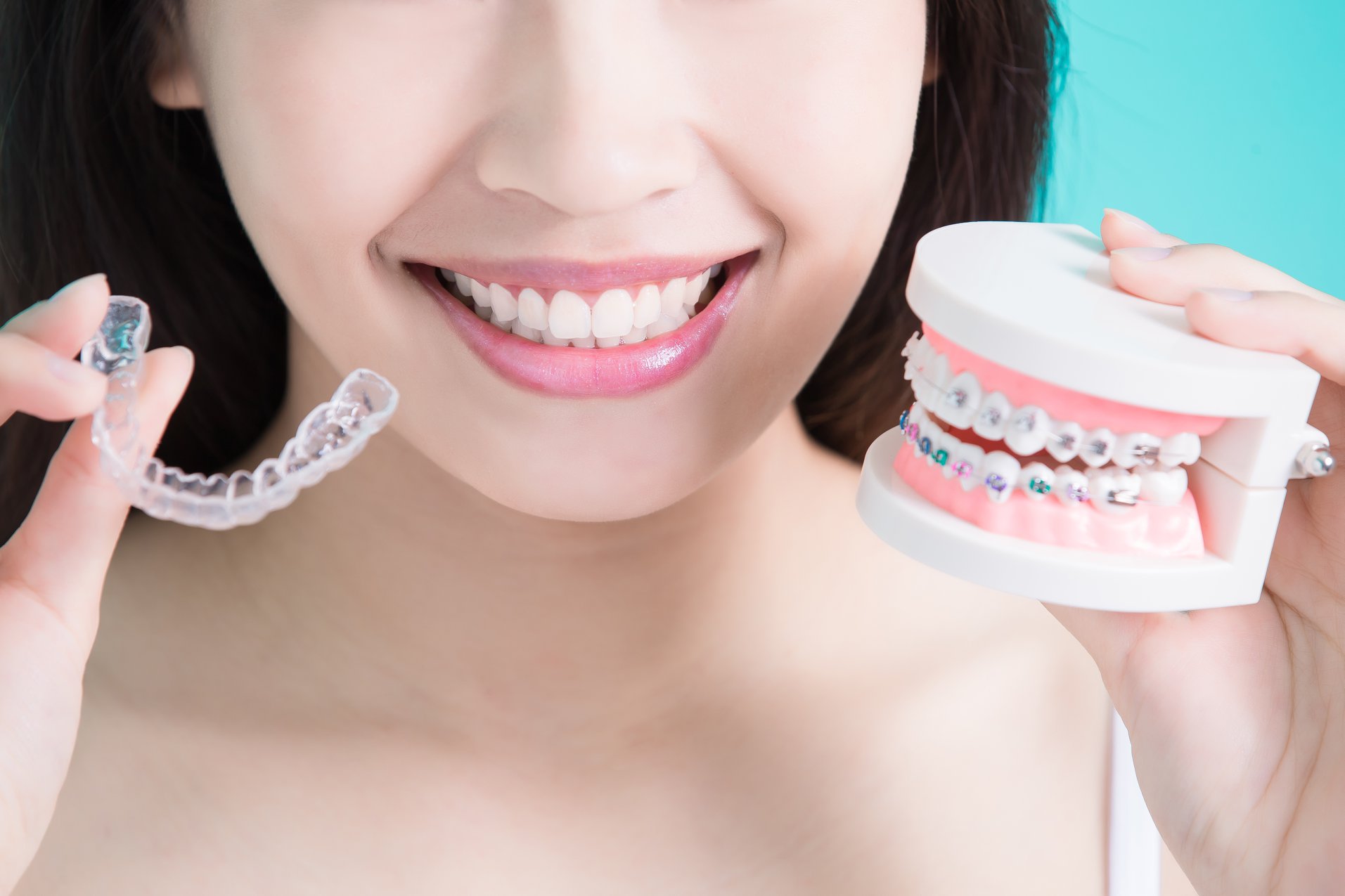
This is the third publication in my Moms of Pelham Series about orthodontics. This post is about “The Initial Consultation.”
You have determined that you would like braces (Post One); you have studied up on the various types of braces (Post Two); and now you are ready for the initial consultation with your orthodontist. Here are some tips on how to approach that initial visit.
Before your visit, write your questions and concerns down so that you do not forget to address them in your visit. Make sure that the orthodontist listens to your concerns and is focused on your goals for treatment. Not every case can be treated the same. If you and your orthodontist are not on the same page about your goals for treatment you may be very disappointed in the ultimate outcome.
I offer a free initial consultation. At this consultation I spend a lot of time listening to what the patient would like to achieve. Once I understand that I then offer the various treatment solutions to achieve that goal and discuss the total treatment plan.
Next, if you want a specific treatment make sure that your orthodontist has that area of expertise. For example, if you want Invisalign treatment ask how long the orthodontist has been doing Invisalign. I have been doing Invisalign since it was introduced in 2000 and I have treated hundreds of cases. I also work with the top doctors at Invisalign who have the same treatment goals and know how to achieve them with Invisalign.
I also lecture on Invisalign treatment. On September 15, 2017, I gave a lecture at the New York County Dental Society on Advances in Invisalign Technique and I have lectured on Invisalign at the Greater New York Dental Meeting, which is the largest dental meeting in the country, most recently in November, 2015.
If you want lingual (inside of the teeth) braces make sure that your orthodontist has training in this technique. It is not an easy technique to perform. I am a Charter Member of the American Lingual Orthodontic Association and I have practicing this technique since it was introduced to the United States in the 1980’s.
If you have TMJ (jaw joint) pain, check to make sure that your orthodontist has the training necessary to treat this problem. I have taken advanced training at the Roth Williams Center for Functional Occlusion in San Francisco which has given me extra training to analyze a patient’s bite. This allows me to better treat TMJ issues. I am treating several patients right now exclusively for TMJ problems. I use a special machine called an articulator to simulate the jaw movement and analyze the bite more accurately.
Ask if your orthodontist uses self-ligating braces. As I noted in my last post these are the most technologically advanced form of braces available. They allow for faster treatment time and more precise finishing. I only use self-ligating braces in my practice. If your orthodontist does not use self-ligating braces ask why not.
Take a look to see if your orthodontist is a member of any professional associations that recognize achievement. I am a Member of the New York Academy of Dentistry. The Academy’s membership consists of the top practitioners in the Tri-State Area and membership is by invitation only. Also I have been recognized as a NY Top Dentist for 2017 and 2018.
Finally, make sure you and your orthodontist “click.” You are going to be spending a lot of time with your orthodontist. If you and your orthodontist do not mesh you likely will not be happy with the result.
The next post in this series is “Special Concerns for Adults.”
To Your Spectacular Smile
Anne C. Kossowan, D.D.S.
Leave a Reply
You must be logged in to post a comment.
I like the article